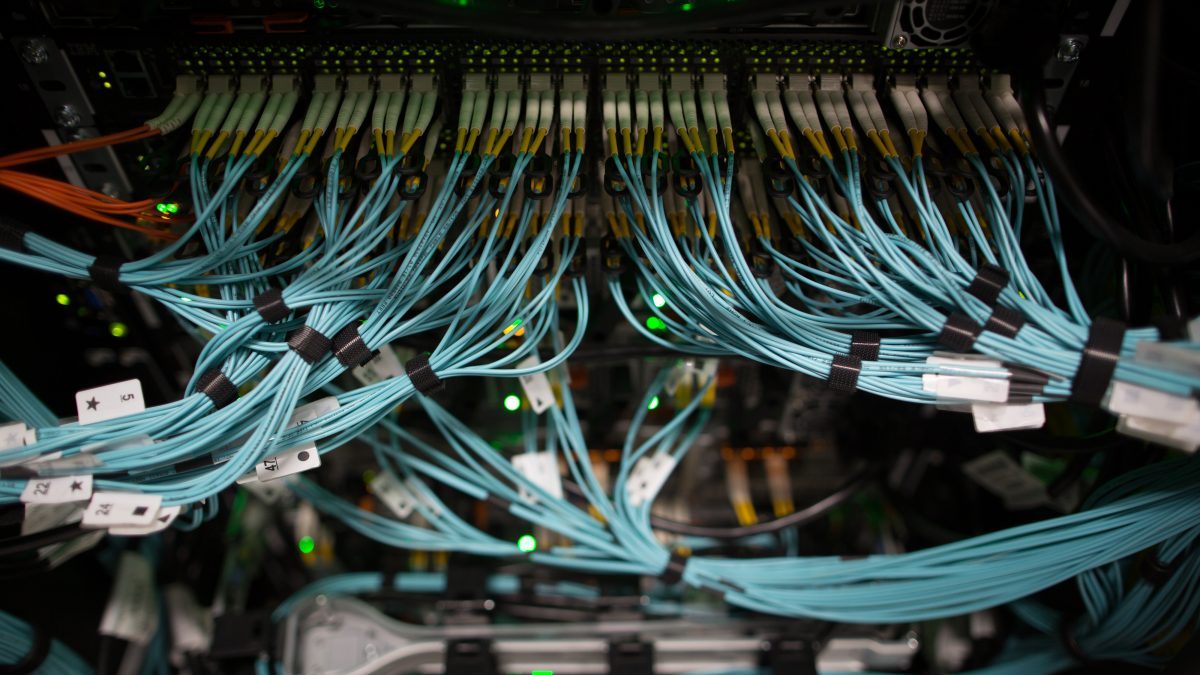Text Size:
Every generation experiences major adversities. And while these events cause destruction, hard-working nations convert them into opportunity and become architects for future generations. Similarly, in post-Covid ‘atmanirbhar’ or self-reliant India, technology should be the new religion. “There is no destiny beyond and above ourselves, we are ourselves the architect of our future,” Swami Chinmayananda had said.
One of the significant impacts of World War I was the tremendous advancement in technology, especially in the way people traveled and communicated. After World War II, technology and innovation became tools of change.
The Covid-19 crisis is a unique opportunity for humankind to reboot itself. And the nations that grab this opportunity will be doing some good for their next generation. India, too, can do so, but only if it thinks for the people and not just the next election. We need to compete with the world outside and not with ourselves, politically and economically. India is blessed with the best talent, and supportive climatic conditions.
Also read: How to bring ‘Big Bang’ reforms in India? Wait for a crisis – even Modi had to
Becoming ‘atmanirbhar’
The first step to making a generational change is recognising our core strength, which is knowledge and wisdom. Vedas and Upanishads came out of hundreds of years of research by several rishis. Right from the days of Aryabhatta, we have been good with numbers — a basic ingredient needed for technological advancement, including artificial intelligence. Our other major strength is agriculture. The Green and White revolutions, in spite of limited resources, prove the hard work and capabilities of our farmers.
So, can we be ‘atmanirbhar Bharat’ as Prime Minister Narendra Modi mentioned in his 12 May speech? Yes.
Taking advantage of lockdown, when the country is under National Disaster Management Authority rule, the Modi government announced the next big leap for structural reforms. So, the stimulus package of Rs 21 lakh crore was, in reality, a blueprint for ‘atmanirbhar Bharat‘, and did not have much to immediately alleviate the migrant labourers’ plight. In other words, India rightfully wants to take its position as a superpower alongside the US, China and Russia. And we are capable. But is it going to happen tomorrow? Certainly not.
Also read: Johns Hopkins to Peking — Universities are at forefront of COVID-19 fight. But not in India
Attracting our talent back
To answer how long it will take for India to become ‘atmanirbhar’, we need to look at the political structures of two countries that are self-reliant in the true sense of the word. One is the US and the other is China.
Politically, they are poles apart. The US is the oldest democracy with strongest institutions, fearless media and fearless private sector, with minimum government interference and above all, the best and some of the oldest universities in the world. China is maximum government and not democratic. But whatever the system, it works well for them. Otherwise, how do we explain China racing ahead of India now, even though the two countries started their journey to development almost together and India was ahead for a while? Forget about GDP, look at China’s universities. India, despite having such a big pool of talent, doesn’t even have one university in the top hundred?
India is stuck between the US and China — neither a fully established democracy nor authoritarian, but certainly with a tendency towards the latter, as our pillars of democracy shake. The bureaucracy seems more committed to their political masters rather than the people. So, rule of law takes a back seat and mediocracy gets promoted. Which is why some of our best go to the West. We have the ‘Satyam Shivam Sundarams’ of the world — Satya Nadella of Microsoft, Shiv Nadar of HCL, and Sundar Pichai of Alphabet and Google. Our industrialists are too scared to vent to the ruling government. Hence, until we set our house in order and attract our talent back, and give chances, irrespective of cast, creed, religion, colour or party affiliations, ‘atmanirbharta’ may be difficult to achieve.
America has taken hundreds of years to establish its universities of repute, we need to start the process of adding to IITs and IIMs, and unshackle higher education from the clutches of the government. Higher education needs to be more research-based, and must be rid of political party-based students unions.
Also read: Modi can build ‘atmanirbhar’ India, but only going local won’t help the cause
Innovation in tech
What makes a nation a superpower? Historically, it has always been military might. As long as a country is dependent on defence imports, it cannot become a superpower. Today, apart from the US, China and Israel are also atmanirbhar because they are net arms exporters, whereas India imports about 70 per cent of its defence equipment. I am not even getting to our dependence on energy requirements. Becoming self-sufficient in energy and defence capabilities is desirable, but it could be a long haul.
India’s biggest advantage is its soft power, and its young talent, but it is busy building a new world order from Silicon Valley. This is a century of technology, and India’s core competence is knowledge and agriculture. So, if data is the new oil, then India’s new religion should be technology.
In the US, technological innovations and public policy come from universities because governments and the private sector have invested in them and not interfered.
Today, the competition between the US and China is on technological advancement and space science. China could well become the first digital country of the world with even digital currency.
For India to become ‘atmanirbhar‘ or a superpower, it needs to concentrate on its technological capabilities and increase exports in agriculture/food sector. Let rural India become our food processing zones and let the farmers and farm labourers live with dignity and become partners in the country’s progress. They shouldn’t have to run to the city for a livelihood and walk back to their villages in difficult times.
The author is a Rajya Sabha member from Trinamool Congress. Views are personal.
ThePrint is now on Telegram. For the best reports & opinion on politics, governance and more, subscribe to ThePrint on Telegram.
Subscribe to our YouTube channel.


















